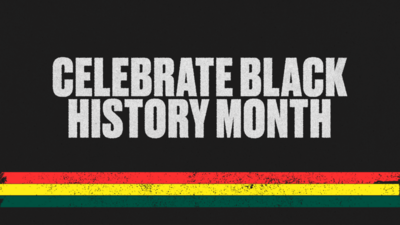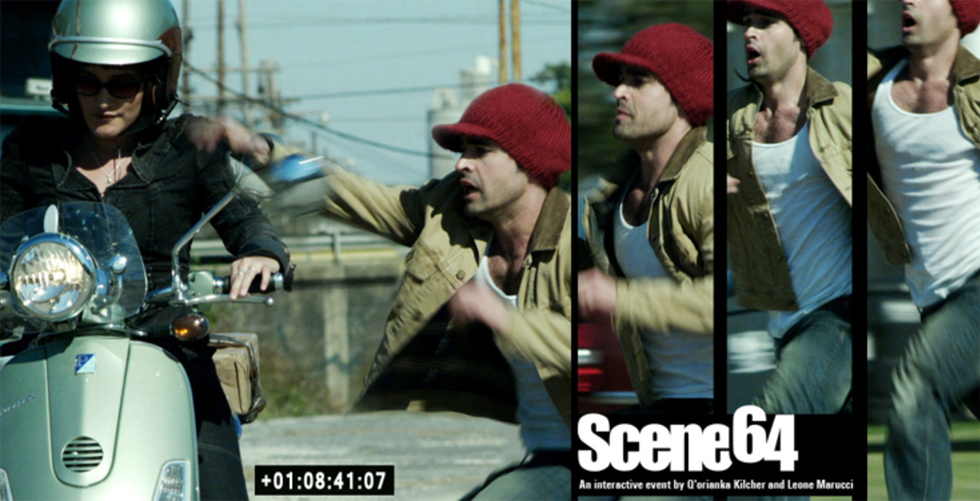
BY LEONE MARUCCI |
Filmmaking With a Participatory Audience
The crowd-sourcing filmmakers behind The Power of Few have unlocked the key to engaging an audience before the film's even in the can.

Actress Q’orianka Kilcher and writer/director Leone Marucci sat down to discuss the efforts they’ve made to develop an early and active fan base for their upcoming film, The Power of Few, and why engaging a participatory audience is an increasingly important element of the filmmaking process for the industry to consider. Here's what they had to say.
What made you decide to engage the online audience in the filmmaking process?
Q’orianka Kilcher: Back in 2006, when Leone Marucci and I first started brainstorming about the possibilities of making of The Power Of Few, we discovered a shared desire to break down some of the barriers of conventional filmmaking. We decided on an interactive and collaborative approach by inviting our fans and audiences worldwide to get directly involved in the artistic process of filmmaking.
Leone Marucci: The Power Of Few is a multi-perspective story that explores the varying influences on a single event, so inviting the world to join in with their own perspective came as a natural extension of the central theme. We took a no restrictions approach and discovered endless possibilities for fan involvement.

Did you always want to involve fans in your work?
QK: When I was 14 and shooting The New World, my first film ever, I promised myself that the day I was in a position to do so, I would pay my good fortune forward and create a platform for fellow artists, dreamers, visionaries and bright talented minds out there to share their gifts of vision and voice.
LM: I've been a 'fan' of cinema my entire life and I know how much I would have appreciated this type of interactivity. It's traditionally been about driving fans to the theatre and then hoping they would 'get involved' with good reviews and word of mouth. Today fans can get involved at such an early stage and the project becomes as much theirs as it is ours... true collaboration.
With Scene 64, the online editing contest for the film, you’re exploring the potential for new modes of storytelling and narrative generation. Are there certain factors and tools that have been essential to the process?
LM: Fortunately, the tools to pull off this type of interactivity were being developed simultaneous to our film becoming a reality. 100 years ago there was no screen, only a stage. Today we carry screens in our pockets. The internet is evolving at a mind-blowing pace. For such a project, a capable web team is as vital as a risk-taking producing team with the vision and talent to help make it go. The tools for unique storytelling are in our hands as filmmakers. Today's many media outlets allow for a new layer of experience for the viewer and themes can be explored on many more levels. Through our website, we've opened a door to a new interactive audience passionate about collaboration, and they've responded. Initially they took part in casting rolls, determining locations, naming characters, deciding on their looks. Then they joined our crew during production and now they are creating scenes for our final cut (and there's more to come).
QK: The website itself has been the key to reaching fans in the pre-production stages. We cast Stephanie from Malta, who brought her own unique perspective to help shape our story. We also found many locals right from the community of New Orleans and gave them the opportunity to take that first step onto a set of a feature film! The community was a part of the process in front of and behind the camera, and were even involved in the hair & makeup department with amazing local talent Akayaia, my hairdresser.
Do filmmakers need to consider a participatory audience in the contemporary moviemaking world, or is this just a trend?
LM: Through time, this industry has been filled with trends. Some have come and gone while others have stuck, but all have shaped cinema as we know it. 3D came and went once, but seems to be back strong today. Color and sound stuck right away (for the most part). As new technologies emerge methods of filmmaking and storytelling will change with it. The evolution of the internet and the YouTube culture has forced advertising and distribution models to reinvent themselves. Conversations I'm having with major studios are encouraging as even they are opening up to this approach to filmmaking. I don't know that filmmakers 'need' to create a participatory experience for their audience, but in a time when the culture is clearly open to this type of thing, why not? We all know and like that sense of satisfaction after we've forwarded a great online video to a friend. A media-savvy culture is growing daily and with it a new audience, one keen on sharing and forwarding. I like to think sharing and forwarding are trends that will stick.

Based on your experience in digital collaboration with fans on The Power of Few, do you have any advice for aspiring filmmakers looking to do the same?
LM: If it's not an experiment, it's simply plagiarism. As a producer it's easy to say "of course, do this with every film," but as an artist I think this type of interactivity is best served when it fits the project's theme, its premise. The Power of Few examines perspective and freewill, on screen and off. Be true to your story and vision, constantly think about ways to enhance the experience and never fear the unknown. Go create.
QK: As a young artist in this age of media and technology I always believed that it is our responsibility to take risks, explore new boundaries, and inspire new positive ideas and opportunities. But not often do we find a team of people courageous enough to see opportunities and possibilities for collaboration and innovation where most would see only risk. With the making of The Power Of Few, we wanted to push limits and explore the new possibilities of interactive media, but also provide an example for other filmmakers who wish to harness the desire and power of today’s youth and computer-savvy visionaries. Multimedia can be utilized for an interactive collaboration with this audience and allow them to creatively express themselves, have their voices heard and engage in the process.
